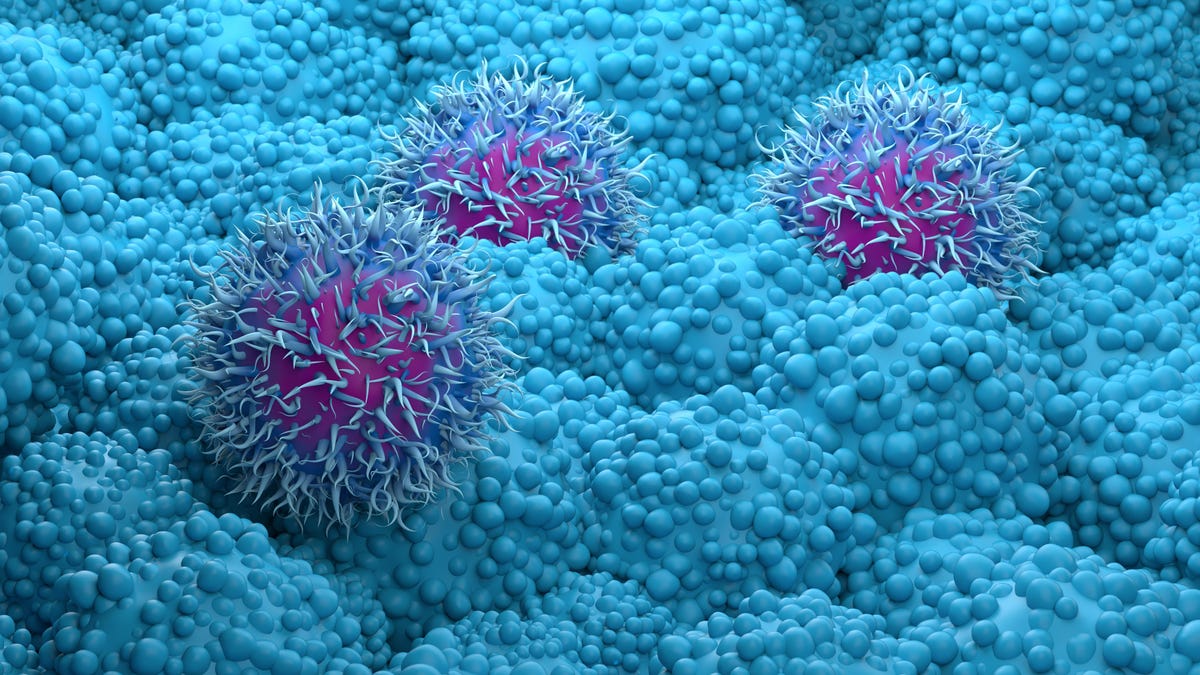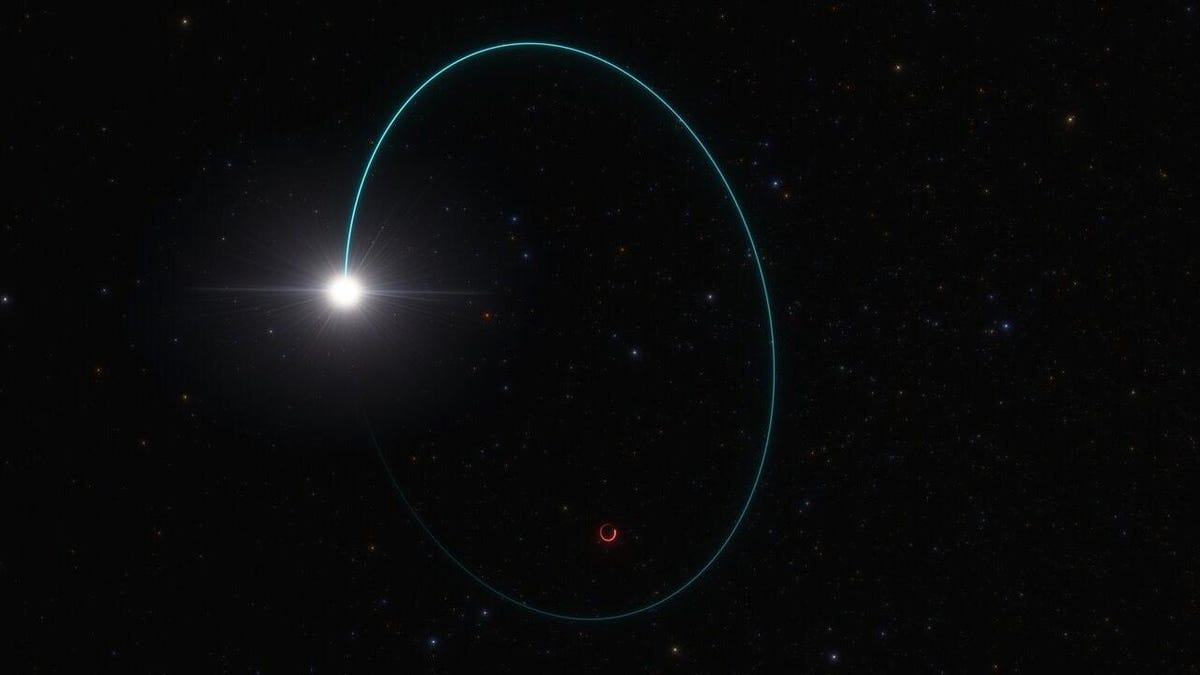New Insights into Cancer Through Advanced Imaging
A research team based in the United Kingdom has recently uncovered a groundbreaking discovery in the realm of cancer research. Utilizing a cutting-edge imaging technique, they have gained unprecedented access to the intricate world of fatty substances within individual tumor cells, shedding light on crucial insights that could revolutionize our understanding of cancer biology and treatment strategies.
The Significance of Lipids in Cancer Cells
Lead by scientists from the University of Surrey in collaboration with experts from the University College London, pharmaceutical giant GSK (formerly GlaxoSmithKline), Yokogawa, and Sciex, this innovative research project aimed to explore the role of lipids within cancer cells, given their pivotal role in the growth and metastasis of tumors. Senior author Melanie Bailey, a distinguished chemical engineer at the University of Surrey, emphasized the essential nature of lipids in fueling tumor progression and facilitating intercellular signaling, which are fundamental processes in cancer development.
Through the utilization of cutting-edge technology provided by Yokogawa’s Single Cellome System SS2000, the team successfully isolated and stained individual pancreatic cancer cells to visualize the intricate lipid structures within. Subsequently, by collaborating with Sciex and leveraging their expertise in mass spectrometry, a novel method was developed to analyze the lipid composition within these cells on a molecular level.
Unveiling Unique Lipid Profiles in Cancer Cells
The findings of the study, recently published in Analytical Chemistry, unveiled a profound diversity in the lipid profiles of different cancer cells. Furthermore, the researchers were able to track how these lipid compositions dynamically changed in response to various stimuli, offering a glimpse into the adaptive mechanisms of cancer cells.
Melanie Bailey highlighted the broader implications of this research, emphasizing its potential to unravel critical insights into cancer progression and treatment resistance. By dissecting lipid pathways associated with drug or radiation resistance, future therapeutic strategies could be tailored to target these specific mechanisms, offering new hope in the fight against cancer.
Expanding Horizons Beyond Cancer Research
While the immediate focus of this research lies in the realm of cancer biology, the applications of this innovative imaging technique extend far beyond oncology. Lipids play a vital role in numerous physiological processes, from immune response modulation to the regulation of our internal biological clocks. Bailey and her team are already collaborating with researchers across various fields to explore the diverse roles of lipids within different cellular contexts, opening doors to new avenues of exploration and discovery.
As Bailey aptly puts it, “From a technology development perspective, we are keen to see how far we can push the boundaries, to extract as much information as possible from the intricate landscapes of sub-cellular features.” The dawn of this pioneering imaging technique heralds a new era in cellular research, offering unprecedented insights into the hidden world of cellular lipids and their impact on health and disease.
Image/Photo credit: source url





